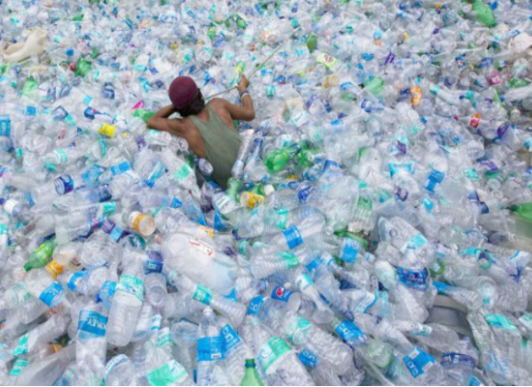There is a lot of misinformation surrounding the issue. While the government is trying to cut down on plastic use in order to reduce pollution, the problem isn’t the plastic itself. The issue is the poor design of our society and the fact that it’s almost impossible to find alternatives. One thing that we can all do is to take the issue of pollution seriously and find ways to stop using plastic. There is so much that we can do if we all work together. If you are concerned about the environment, you can join this campaign and help eliminate single-use plastic.
What is the definition of single-use plastics?
The World Economic Forum released a list of the top 10 most polluting substances, and one of them is plastics. Plastics are used in many ways and we are surrounded by them. You use them for your daily needs such as food packaging, clothes, toys, and other products. But, did you know that plastics are single-use products? They are made to be thrown away after one use. This is why the World Economic Forum has chosen to highlight this issue with the 10 most polluting substances. If we all can reduce our use of single-use plastic, then we can contribute to a cleaner environment.
Why India is Committed to Eliminate single-use plastics?
It’s encouraging to see the Indian government committing to achieve a plastic-free India by 2042. In a world where 1.3 billion people live without clean drinking water, 1.8 million children die from illnesses related to contaminated water each year, and the global carbon footprint is higher than ever before, we must focus on making sustainable choices for our future. We can all play a part in making this happen. In order to live a sustainable lifestyle, you need to start thinking less about consumption and more about production and recycling. Plastic pollution is a huge problem, but it is one that can be easily solved. By changing our behavior and choosing more sustainable options for ourselves and our planet, we can work towards a more sustainable future. The Government of India has adopted a comprehensive strategy to curb plastic pollution and is committed to eliminating single-use plastics by 2022.
How to recycle single-use plastics?
The most important thing is to make sure that plastic is recycled. If you’re going to buy new plastic, buy it from a company that is committed to recycling. For example, companies like Coca Cola and Pepsi Cola are big recyclers. In fact, most of the soda bottles you buy at the supermarket are already recycled. They are often returned to the manufacturer for processing. Plastic pollution has now spread globally and poses significant risks to our health. A major reason for this is because most plastics are made from oil and fossil fuels. This means that they contribute to greenhouse gas emissions, which in turn, cause global warming. Not only that, but all plastic products have chemicals that have been proven to leach into the environment and enter the food chain. The good news is, we have the ability to recycle plastics and use them again. All we have to do is stop throwing them away.
What is the Government’s Plan to Reduce Plastic Pollution?
There are many ways in which we can reduce our plastic consumption. One of the most important is to look at where the plastic we use comes from, and whether it is sustainable or not. We also need to look at what happens to the plastic once it has been used and what happens to the raw materials used to produce the plastic. To ensure that the waste produced from our plastics are recycled and reused, there are laws in place that regulate what we can and cannot do with our waste. These laws and regulations are set by Governments and are enforced by the waste management industry. The Government announced a plan to reduce plastic pollution. In 2017, a third of the world’s plastic was produced in China. This week, the UK is set to become the first country to impose a tax on single-use plastic. The government wants all manufacturers to switch to more environmentally friendly packaging by 2023.
